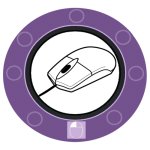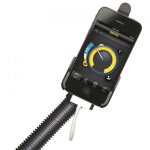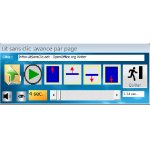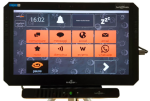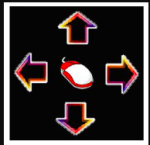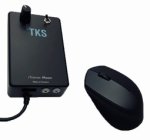Products that match: Controlling Pointer Position
237 Results
Note: Changing any of the the sort, count or discontinued filters below will cause the page to reload.
Operating System
Software that allows the pointer on the screen to be moved in all directions (360 °) by using a single button click.
Apps to control iOS devices using a wheelchair's joystick.
Head control software for Mac that requires no calibration, no teaching/learning/practice but works by identifying and tracking the movements of the user's head only.
A software that periodically sends movement commands, equivalent to the arrows on a keyboard, to scroll through what there is to read in a "target" application. It does not read text; it is used to move around in reading when a user cannot click.
An app that uses eye and face movements to control the iOS device hands-free; accessibility for people with motor impairments.
An alternative input device for controlling a computer, smartphone, or tablet. It provides a means to operate almost any application using the feet and can be customized to streamline interaction with a wide variety of applications.
A wearable personal communication device that gives a voice to locked-in patients by using audio feedback and eye gestures. It is a standalone portable device without the need for a screen.
Software for accessing environmental controls and computer functionality and AAC through the use of eye gazing or tracking.
Eye pointing device and tablet that uses the Binocular system.
A virtual mouse software that uses a single button ( left click of the mouse or any type of contactor ) to move the pointer on the screen using a scrolling operation.
A hand movement stabilizer, which ensures that unwanted movement of a user's hand is not converted into unwanted movement of the mouse cursor on the screen of his/her
computer. It solves the problems for people struggling with the mouse whose tremors influence their accuracy while using the computer.
Tracking systems that enable individuals who are severely paralyzed or suffer from RSI, ALS, muscular dystrophy, and other complex physical disabilities to operate their computer hands-free by using head or eye movements.

